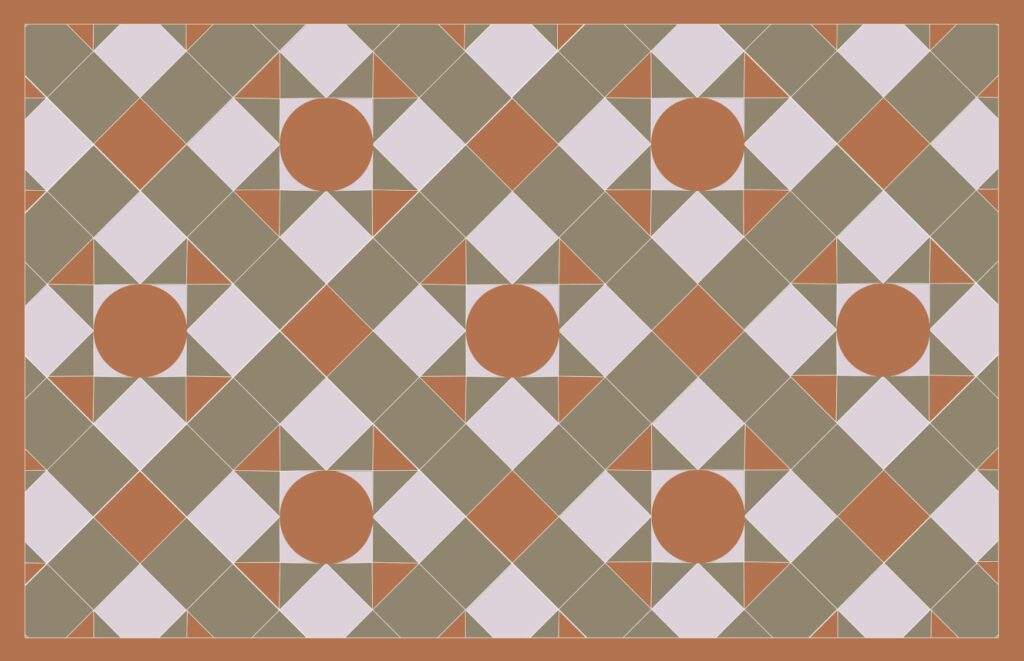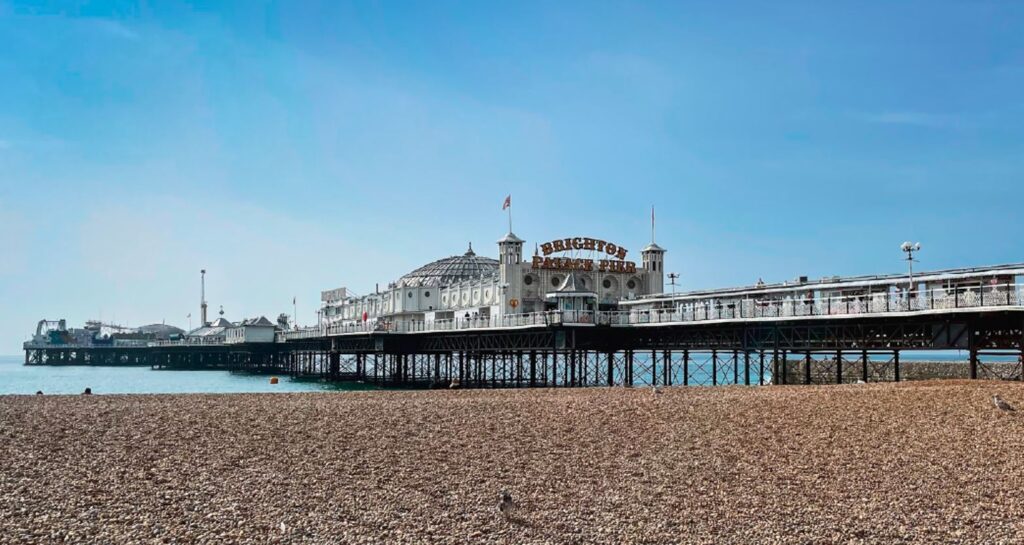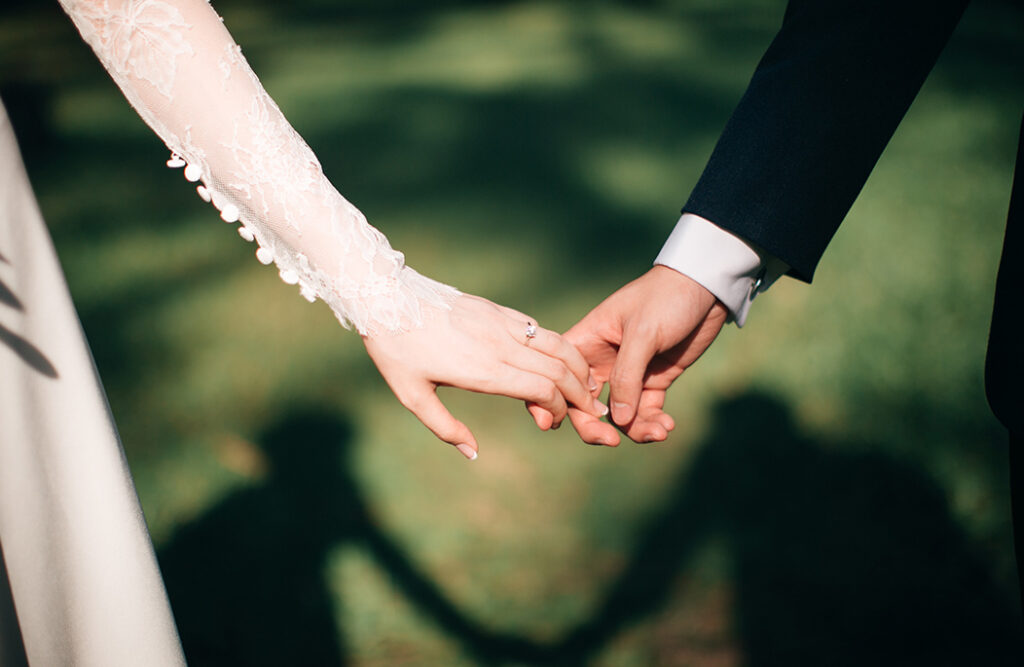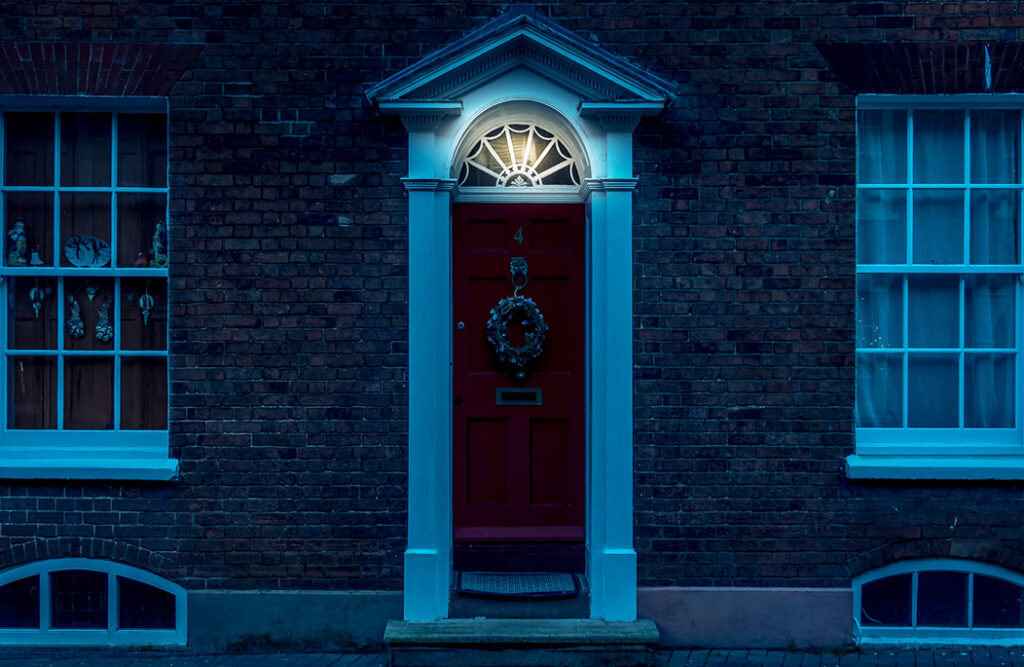Valentine’s Day is a celebration going back hundreds of years, but it was in the Victorian era that love’s sweet dream really took off on this special day for romance.
Even Queen Victoria was apparently transported by the romance of Valentine’s Day. In her letters and journal, she called her attendant John Brown “darling one” and wrote ” … so often I told him no one loved him more than I did or had a better friend than me: and he answered ‘Nor you — than me … No one loves you more.’”
She sent Valentine’s Day cards to Brown which were said to be “cloying, winsome and artless.”

Homemade Valentine cards were made and sent as a way to declare affections
But everyday Victorians made and sent cards to their dream lovers too. They spent hours creating elaborate designs to declare their affections. Each was a unique work of art often decorated with lace, ribbons, seashells, gold and silver foil appliques. Even more ambitious card-makers adorned their Valentine’s greetings with dried flowers and seeds.
Victorians’ DIY cards commonly featured churches or church spires which hinted that the sender was planning for the long term!
Even modest Victorian homes boasted mantelpieces groaning with Valentine’s cards, because most people sent multiple messages. And no homemade card was complete without a carefully crafted poem, words of wisdom, a joke, or vague references to a shared secret.
download the full victorian homes ebook
Download Victorian Homes, a free ebook created by Adrian Flux insurance services. It is full of Victorian house facts, tips on how to create a Victorian style house — even if you live in a new-build home — and advice on where to source original Victorian and reproduction fixtures, fittings, furniture, accessories and art.
But parlour room creativity and the sending of cards really took off in January 1840, with the advent of the penny black, the Victorian stamp now much desired and sought after by keen philatelists.
The penny black saw the introduction in Britain of the Uniform Penny Post, meaning that Valentine’s cards could be mailed anywhere in the country for just one penny. Mail had previously been charged by distance, weight, and the number of pages being sent. Depending on what you needed to dispatch, it could cost you a week’s wages.
1.2 million Valentine’s cards were posted every year
Valentine’s cards were posted in such great numbers that postmen were given a special allowance for refreshments to help them through the extraordinary exertions they had to go through when making their Valentine’s deliveries.
A year after the Uniform Penny Postage, 400,000 Valentine’s were posted in England. By 1871, 1.2 million cards were processed by the General Post Office in London. Today, despite the exponential growth in social media and online messaging, it is estimated that 25 million actual cards are posted in Britain each year.
In the first few weeks of February, Victorian homes were also lavished with bouquets of early spring flowers. Every bouquet or posie carried a hidden message that could be decoded by the recipient, depending on the type of flowers, their colour and the number of blooms.
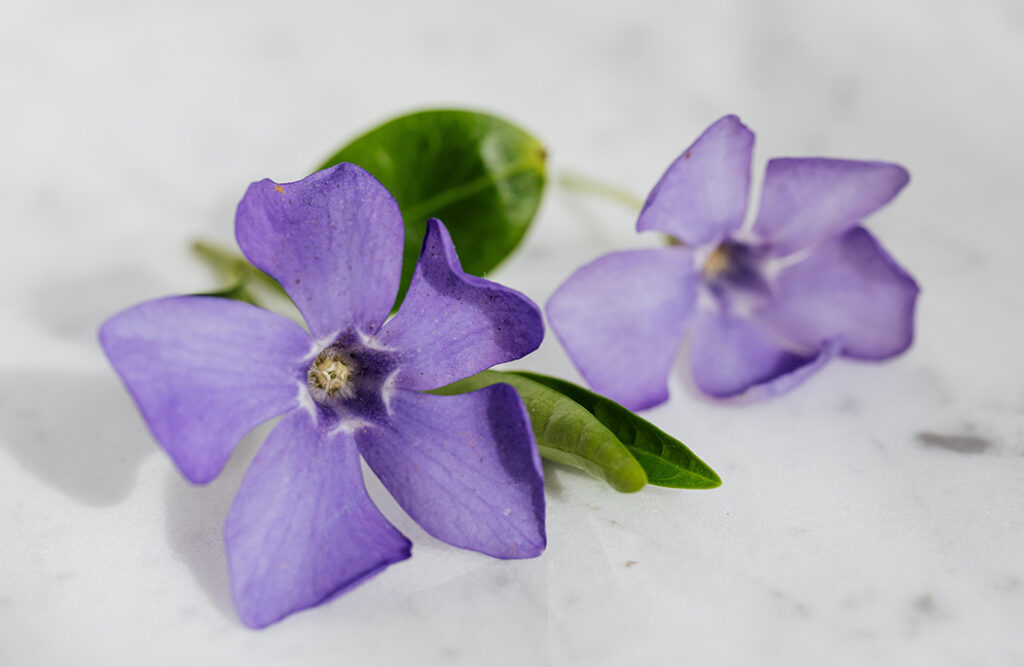
Roses are red, but violets will do
Today, we think of the red rose as being the symbolic flower of love, but back in the Victorian era you were more likely to be presented with violets. White violets represented innocence or purity of thought and purple represented fidelity or faithfulness.
Chocolates too, thank goodness, also became a huge Valentine’s Day tradition during the Victorian period. Richard Cadbury (1833-1899), the heir of the chocolate empire, is credited with creating the first heart-shaped box for Valentine’s chocolates.

He sold chocolates in beautiful boxes hoping customers would treasure them and, once they were empty of chocolates, reuse them to store other sentimental items such as love letters.
Slightly less ornate examples could also be used. Perhaps for cotton reels and needles, or cakes and biscuits fresh-baked in the Victorian kitchen.
Those decorated chocolate boxes are as on trend in your Victorian home today as they were in the 1800s.
If you want to find out more about how the Victorians lived, download the Victorian Homes e-book for free.
Looking to insure your Victorian Home?
Adrian Flux is a specialist insurance compnay offering bespoke cover for all period and Victorian homes. Call 0800 369 8590 got a fast and hassle-free quote.
Our home insurance customers saved an average of 31% in 2021 when taking out a policy with us. See how much you could save by giving us a call.


